
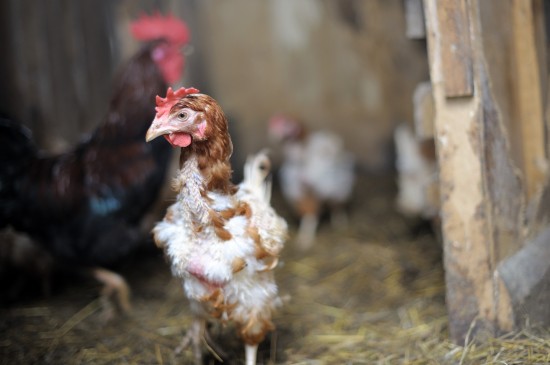
If you keep chickens and have wondered why they start losing their feathers and look a bit raggedy at a certain time of the year, it is because they are going into a naturally occurring annual moult. However, as a poultry owner, it's important to understand the ins and outs of this rather demanding process so that your hens stay healthy during the moult and afterwards too.
Chickens and other poultry can start moulting for various reasons, however, their annual moult starts in the autumn in preparation for the colder winter months. The trigger for chickens is a combination of shorter days and the onset of the colder weather. The shortening daylight hours paired to a decrease in their feeding times prompts chickens to start moulting. It is also the time of the year when their egg production slows right down too. With this said, you may have noticed your birds shedding a few feathers during the warmer summer months, but these are only smaller ones that are found close to their bodies, and chickens shed these as a way to stay cooler when the weather is hot.
The annual autumn moult sees the birds shed their larger feathers and you'll notice they lose a bit of their colouring too. Moulting is an important process because it means your chickens renew all their feathers so they are in pristine condition ready for the arrival of the colder winter weather. It's also a chicken's way of conserving their energy over the winter because new feathers will keep them warmer and they won't have to spend time trying to keep warm which uses up lots of energy.
When chickens go into moult they need to be fed more protein because they cannot continue to produce eggs and renew their feathers at the same time. This extra feed is something poultry owners need to provide for their birds so they stay healthy during the moulting process. It's a difficult time for birds because it involves all sorts of hormonal changes and it all starts after a long summer when birds have been laying lots of eggs - which on it's own can take it out of a hen especially very young or older birds.
This is why it's so important to feed your chickens a good, high quality protein rich diet, it helps chickens produce their new feathers and it helps them put on some weight in the form of body fat, ready for the colder winter weather ahead.
It is also really important to make sure your hens are stress-free during their moult because as previously mentioned it is a hard time for the birds to have to go through and it does take it out of them health wise. If your birds are stressed for any reason, they will quickly lose condition and fall ill.
Chickens lose their feathers during an annual moult is a very specific order which is as follows:
All the new feathers your chickens produce are known as “pin” feathers, and they grow out of their skin wrapped in what is called a “keratin sheath”. You'll notice your hens preening themselves a lot during a moult, and they do this to strip off the sheath that covers their new feathers so they can fully open. New feathers are often referred to as “blood” feathers because they have central blood vessel which is quite large. If these new feathers get torn or damaged, they tend to bleed profusely which can be quite alarming.
Some chickens will go into moult early but the process lasts over a longer period of time simply because they do so at a slower rate. Early moulters can shed their feathers for up to 6 months before fully finishing but as they lose a feather a new one grows pretty quickly. Early moulters are not known for being very good egg layers and can usually be identified by the fact they always look well groomed and don't go through a “tatty” stage like other chickens do during the autumn.
Then there are chickens that are “late moulters”. These birds will start to moult much later than other chickens but their moulting period doesn't last very long. However, they do look very ragged during their moult and need extra care as well as a protein rich feed to help them through it. Late moulters tend to be good egg laying hens with many hybrid birds falling into this category.
A chicken in prime condition and one that's a great layer can moult for around 90 days and it's during this period they need to be fed a good quality protein rich diet to help them through the long process. It also means you will reduce the chances that your hens stop laying. One thing to bear in mind is that chickens usually only stop laying near to the end of their moulting period when they start to lose their body feathers.
Keeping chickens is a lot of fun but it can be hard work making sure all your birds stay happy, healthy and good layers. It's a real joy being able to collect fresh eggs every day, and as long as your hens are content and well cared for, they will always reward you with delicious ones – and if they are free range, even better!
us ones – and if they are free range, even better!
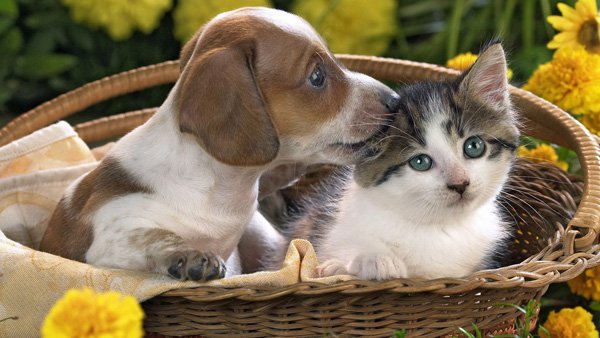 Rehabilitative therapies for your pet
Rehabilitative therapies for your pet
Pet owne
Rehabilitative therapies for your pet
Rehabilitative therapies for your pet
Pet owne
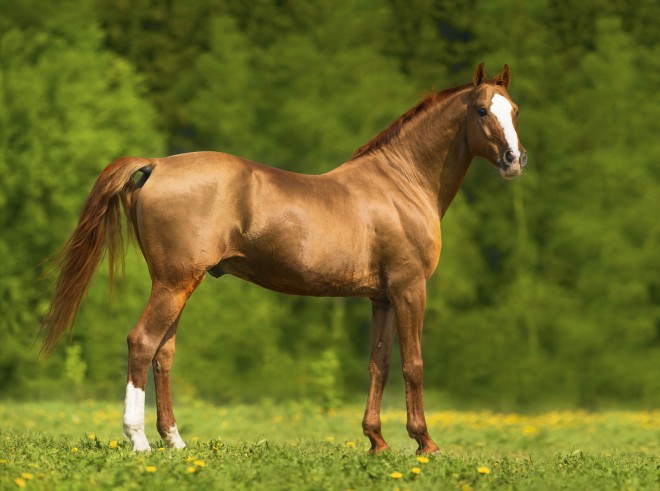 The Difference Between Learned And Natural Behaviour In Horses
The Difference Be
The Difference Between Learned And Natural Behaviour In Horses
The Difference Be
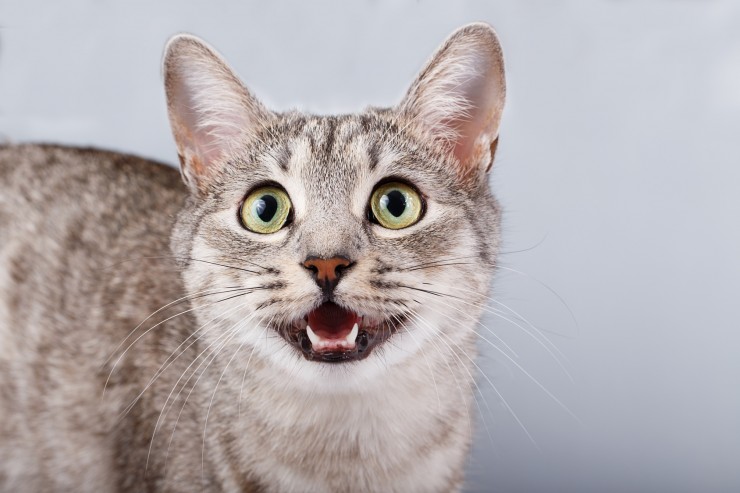 Kittens And Retained Baby Teeth
Kittens And Retai
Kittens And Retained Baby Teeth
Kittens And Retai
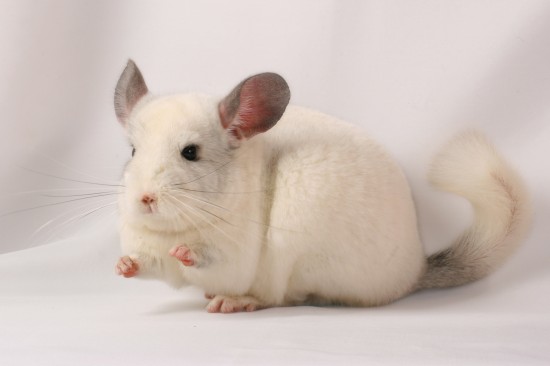 Ten Interesting Facts About Chinchillas
Ten Interesting F
Ten Interesting Facts About Chinchillas
Ten Interesting F
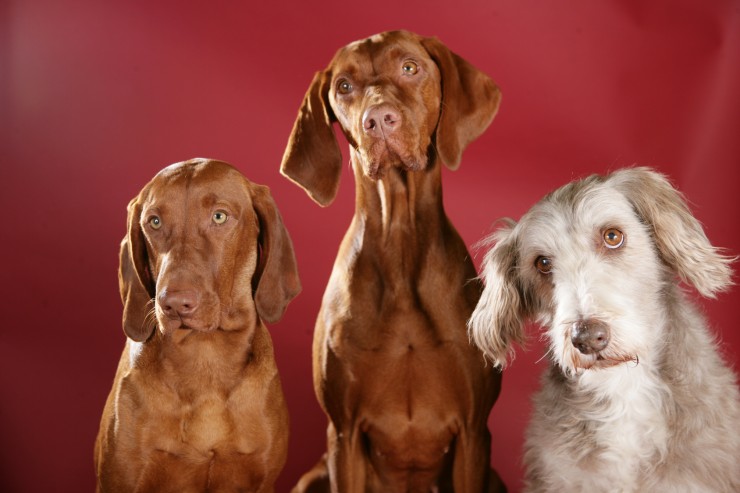 Seven Top Tips For Managing Life With Two Or More Dogs
Seven Top Tips Fo
Seven Top Tips For Managing Life With Two Or More Dogs
Seven Top Tips Fo
Copyright © 2005-2016 Pet Information All Rights Reserved
Contact us: www162date@outlook.com